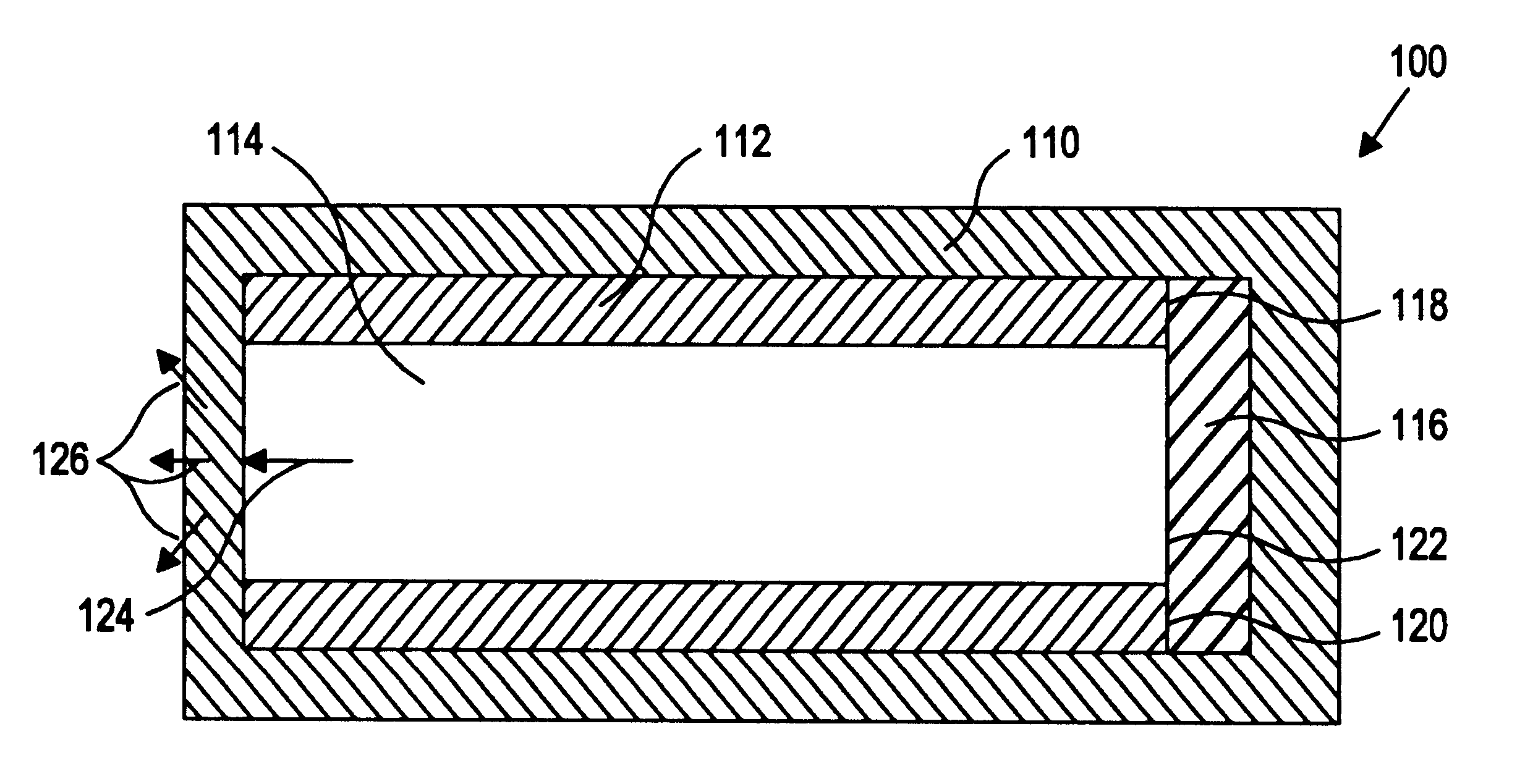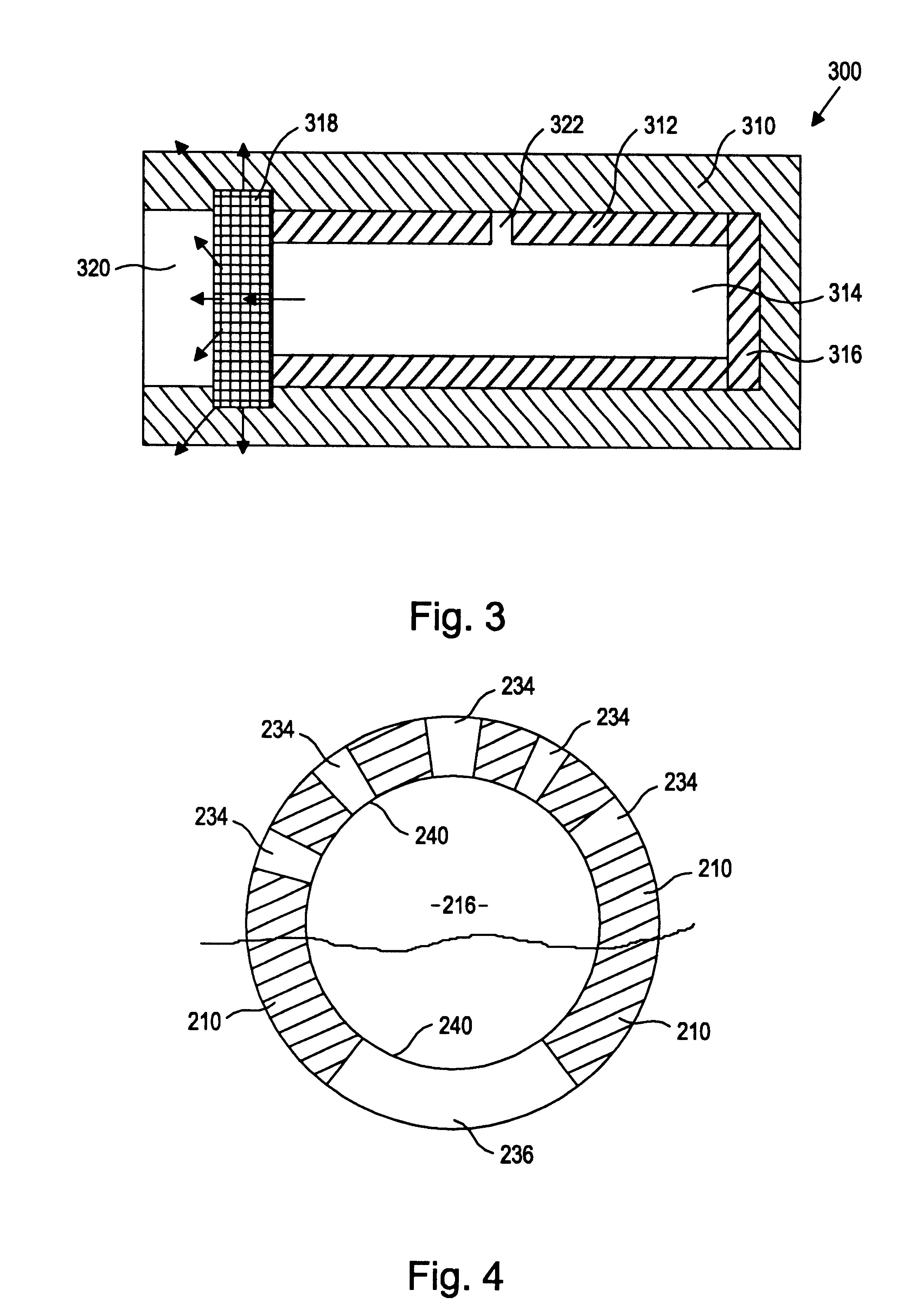Sustained release drug delivery devices, methods of use, and methods of manufacturing thereof
a drug delivery and sustained release technology, applied in the direction of drugs, eye treatment, prosthesis, etc., can solve the problems of bone marrow toxicity limit its usefulness, drug cannot be administered orally or intravenously without the risk of various deleterious side effects, and the risk of sepsis
- Summary
- Abstract
- Description
- Claims
- Application Information
AI Technical Summary
Benefits of technology
Problems solved by technology
Method used
Image
Examples
Embodiment Construction
Referring to the drawing figures, like reference numerals designate identical or corresponding elements throughout the several figures.
More specifically, the present inventors have discovered a device and method of preparation thereof that is suitable for the controlled and sustained release of an agent or drug effective in obtaining a desired local or systemic physiological or pharmacological effect. In particular, it has been found that by sealing at least one surface of a reservoir of the device with an impermeable member which is capable of supporting it's own weight, which has dimensional stability, which has the ability to accept a drug core therein without changing shape, and / or retains its own structural integrity so that the surface area for diffusion does not significantly change, manufacture of the entire device is made simpler and the device is better able to deliver a drug.
That is, the use of a tube of material to hold the drug reservoir during manufacture allows for si...
PUM
| Property | Measurement | Unit |
|---|---|---|
| thickness | aaaaa | aaaaa |
| thickness | aaaaa | aaaaa |
| thickness | aaaaa | aaaaa |
Abstract
Description
Claims
Application Information
 Login to View More
Login to View More - R&D
- Intellectual Property
- Life Sciences
- Materials
- Tech Scout
- Unparalleled Data Quality
- Higher Quality Content
- 60% Fewer Hallucinations
Browse by: Latest US Patents, China's latest patents, Technical Efficacy Thesaurus, Application Domain, Technology Topic, Popular Technical Reports.
© 2025 PatSnap. All rights reserved.Legal|Privacy policy|Modern Slavery Act Transparency Statement|Sitemap|About US| Contact US: help@patsnap.com



